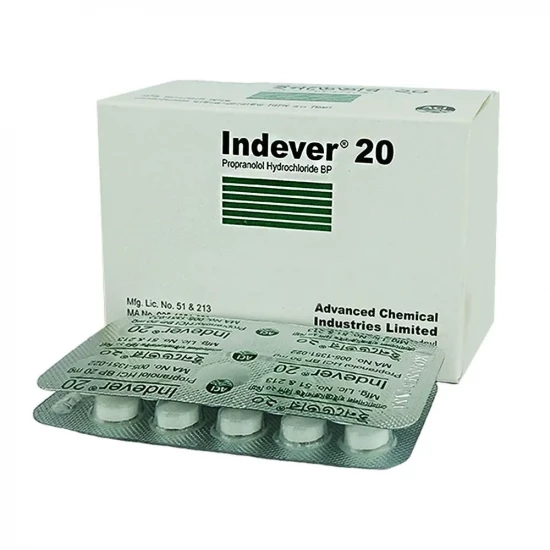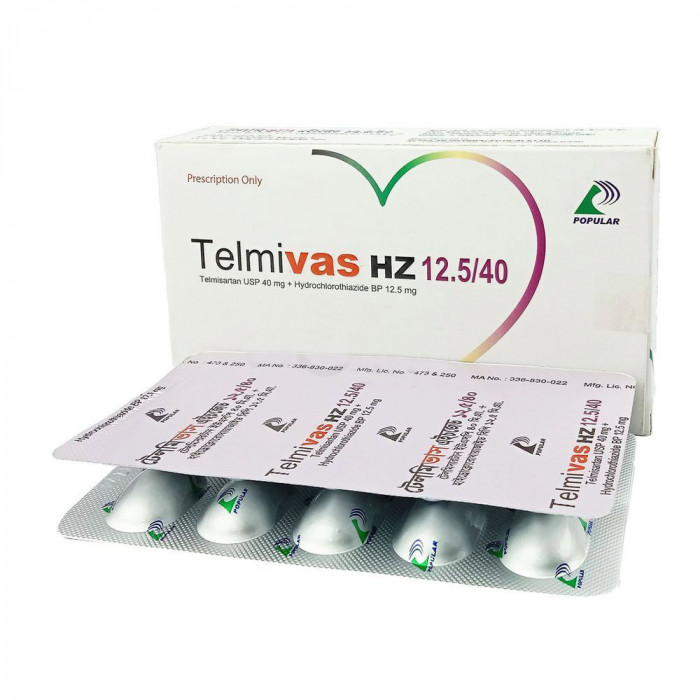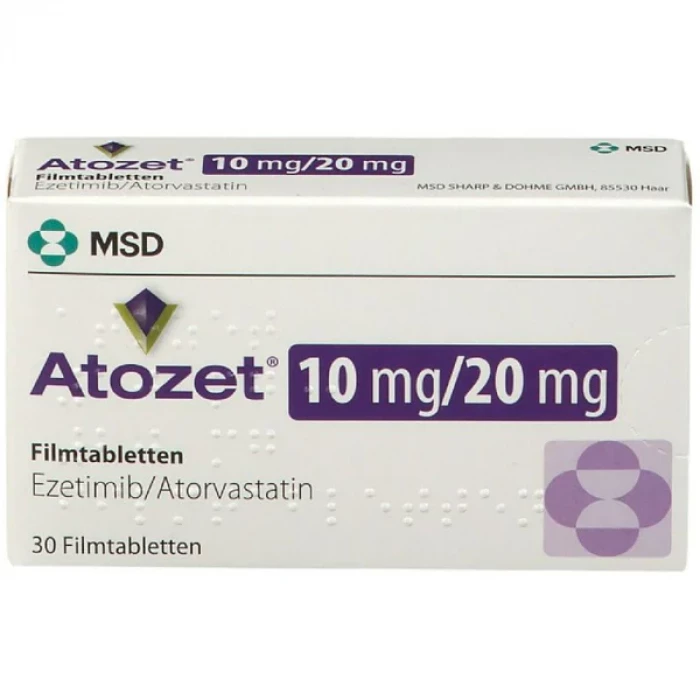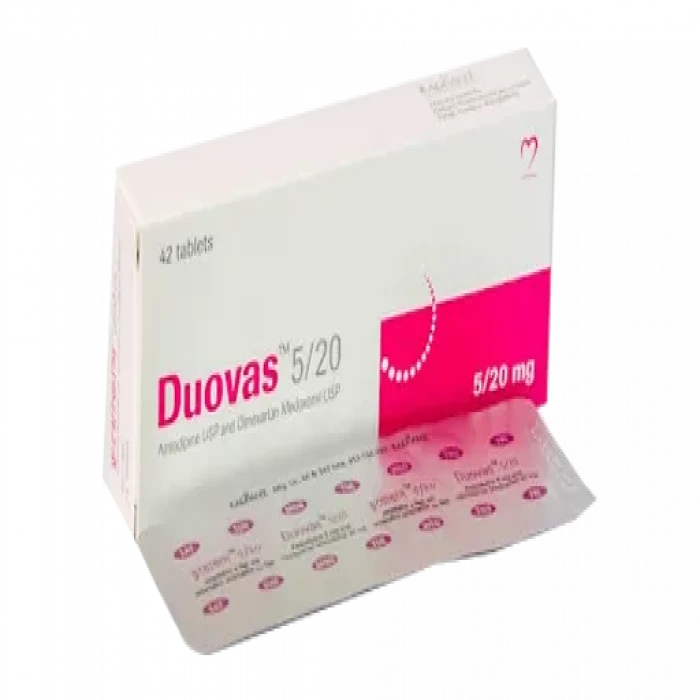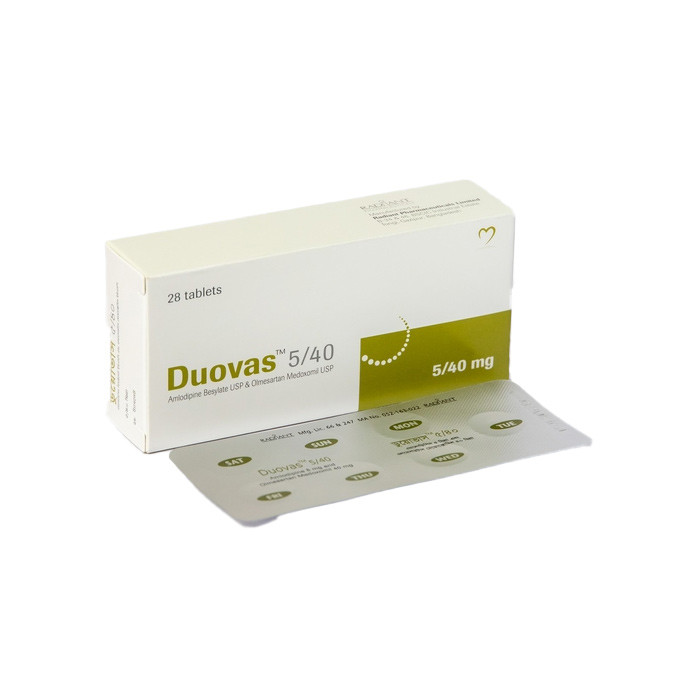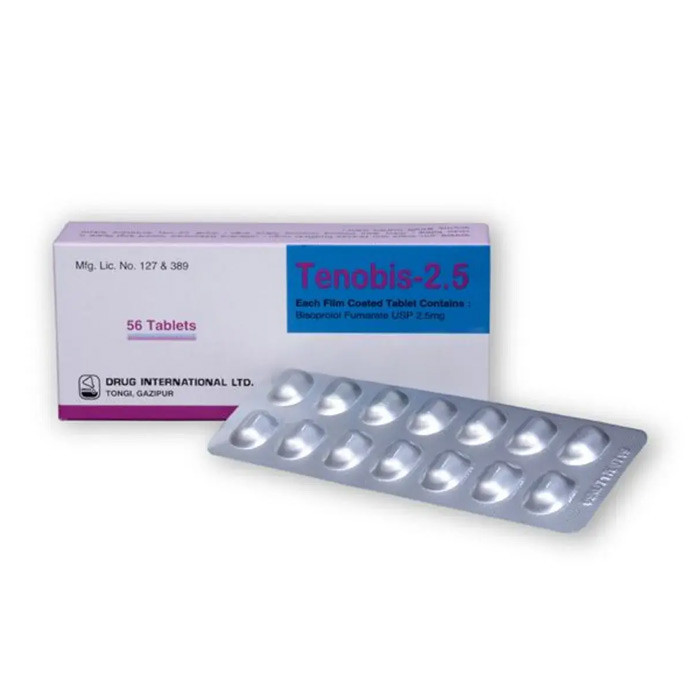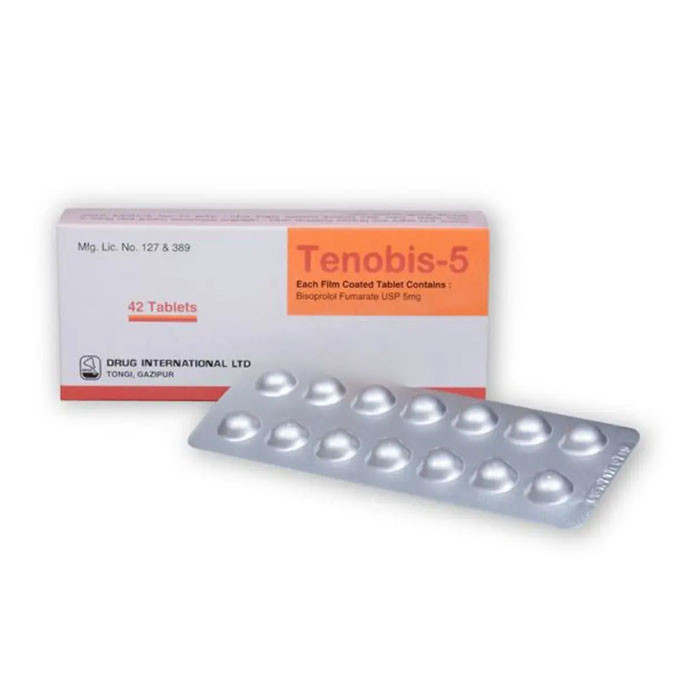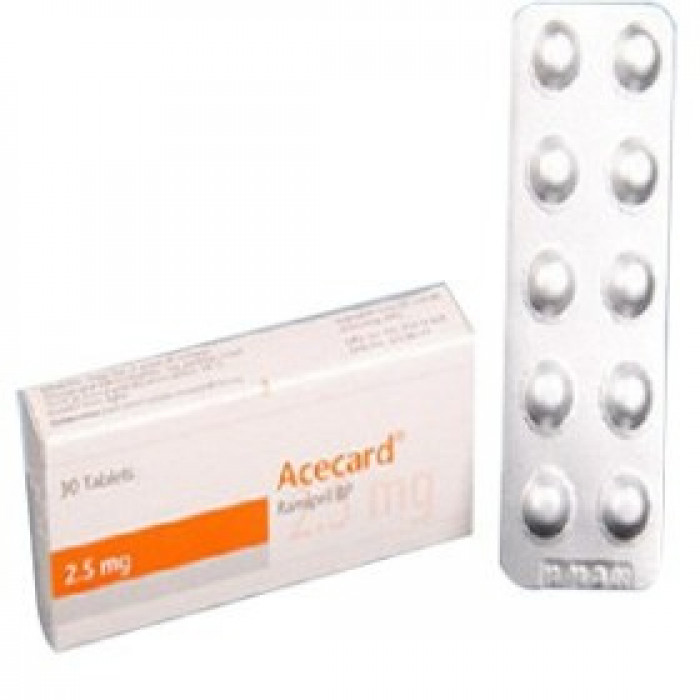
✔ 100% Authentic Product
👁️ Currently Viewing 884
Generics Name: Ramipril 2.50mg
Healthcare Pharmaceuticals Limited
Discount
Price: ৳ 47
MRP:
৳
50
6%
Off

100% Genuine Products, Guaranteed

Safe & Secure Payments, Always

Fast, Secure & Efficient Delivery

Proper Packaging
 Cash on Delivery - All over Bangladesh
Cash on Delivery - All over Bangladesh Regular Delivery - 12-24 Hours, Dhaka City* Charge Tk.39-59
Regular Delivery - 12-24 Hours, Dhaka City* Charge Tk.39-59 Regular Delivery - 24-48 Hours, Other Cities* Charge Tk.99-110
Regular Delivery - 24-48 Hours, Other Cities* Charge Tk.99-110
 ফ্রি ডেলিভারিঃ - ৯৯৯ টাকা+ অর্ডারে, ঢাকা
শহরে
ফ্রি ডেলিভারিঃ - ৯৯৯ টাকা+ অর্ডারে, ঢাকা
শহরে ফ্রি ডেলিভারিঃ - ২৯৯৯ টাকা+ অর্ডারে, ঢাকার
বাহিরে
ফ্রি ডেলিভারিঃ - ২৯৯৯ টাকা+ অর্ডারে, ঢাকার
বাহিরে
100% Genuine Products, Guaranteed
Safe & Secure Payments, Always
Fast, Secure & Efficient Delivery
Proper Packaging
 Cash on Delivery - All over Bangladesh
Cash on Delivery - All over Bangladesh Regular Delivery - 12-24 Hours, Dhaka City* Charge Tk.39-59
Regular Delivery - 12-24 Hours, Dhaka City* Charge Tk.39-59 Regular Delivery - 24-48 Hours, Other Cities* Charge Tk.99-110
Regular Delivery - 24-48 Hours, Other Cities* Charge Tk.99-110 ফ্রি ডেলিভারিঃ - ৯৯৯ টাকা+ অর্ডারে, ঢাকা
শহরে
ফ্রি ডেলিভারিঃ - ৯৯৯ টাকা+ অর্ডারে, ঢাকা
শহরে ফ্রি ডেলিভারিঃ - ২৯৯৯ টাকা+ অর্ডারে, ঢাকার
বাহিরে
ফ্রি ডেলিভারিঃ - ২৯৯৯ টাকা+ অর্ডারে, ঢাকার
বাহিরে
✅ Description:
Indications
Ramipril is indicated withinside the following cases:
Hypertension; to decrease blood pressure, as a single-drug remedy or in a mixture with different antihypertensive agents.
Congestive coronary heart failure; additionally in mixture with diuretics.
Treatment of sufferers who- withinside the first few days after an acute myocardial infarction- have tested scientific symptoms and symptoms of congestive coronary heart failure.
Treatment of non-diabetic or diabetic overt glomerular or incipient nephropathy.
Reduction withinside the chance of myocardial infarction, stroke, or cardiovascular loss of life in sufferers with an elevated cardiovascular chance, which includes taking place coronary heart disease (without or with a record of myocardial infarction), a record of stroke, a record of peripheral vascular disease, or diabetes mellitus this is followed through at the least one more cardiovascular chance factor (microalbuminuria, hypertension, improved overall LDL cholesterol levels, low high-density lipoprotein ldl cholesterol levels, smoking).
Pharmacology
Ramipril is an angiotensin-changing enzyme (ACE) inhibitor, which after hydrolysis to ramiprilat, blocks the conversion of angiotensin I to the vasoconstrictor substance, angiotensin II. So, inhibition of ACE with the aid of using ramipril consequences in reduced plasma angiotensin II, which ends up in reduced vasopressor interest and reduced aldosterone secretion. Thus ramipril exerts its antihypertensive interest. It is likewise powerful withinside the control of coronary heart failure and discounts the danger of stroke, myocardial infarction, and demise from cardiovascular events. It is lengthy performing and properly tolerated; so, may be utilized in long time therapy.
Dosage & Administration
The dosage of Ramipril must be adjusted according to the patient's tolerance and response.
Hypertension: For the management of hypertension in adults not receiving a diuretic, the usual initial dose of Ramipril is 1.25-2.5 mg once daily. Dosage generally is adjusted no more rapidly than at 2-week intervals. The usual maintenance dosage in adults is 2.5-20 mg daily given as a single dose or in 2 divided doses daily. If BP is not controlled with Ramipril alone, a diuretic may be added.
Congestive heart failure after myocardial infarction: In this case, Ramipril therapy may be initiated as early as 2 days after myocardial infarction. An initial dose of 2.5 mg twice daily is recommended, but if hypotension occurs, the dose should be reduced to 1.25 mg twice daily. Therapy is then titrated to a target daily dose of 5 mg twice daily.
Prevention of major cardiovascular events: In this case, the recommended dose is 2.5 mg once daily for the first week of therapy and 5 mg once daily for the following 3 weeks; the dosage then may be increased, as tolerated, to a maintenance dosage of 10 mg once daily.
Dosage in renal impairment:
For patients with hypertension and renal impairment: The recommended initial dose is 1.25 mg of Ramipril once daily. Subsequent dosage should be titrated according to individual tolerance and BP response, up to a maximum of 5 mg daily.
For patients with heart failure and renal impairment: The recommended dose is 1.25 mg once daily. The dose may be increased to 1.25 mg twice daily and up to a maximum dose of 2.5 mg twice daily depending upon clinical response and tolerability.
Interactions
Concurrent administration with diuretics can cause serious hypotension and, in the case of potassium-sparing diuretics, dangerous hyperkalemia. Lithium concomitant therapy may result in a higher serum lithium concentration. Reduced blood pressure can impair one's ability to drive and operate machines, which can be aggravated by drinking.
Contraindications
Ramipril must not be used
in patients with hypersensitivity to ramipril, to any other ACE inhibitor, or to any of the excipients of Ramipril.
in patients with a history of angioedema.
concomitantly with sacubitril/valsartan therapy. Do not initiate Ramipril until sacubitril/valsartan is eliminated from the body. In case of switching from Ramipril to sacubitril/valsartan, do not start sacubitril/valsartan until Ramipril is eliminated from the body.
in patients with hemodynamically relevant renal artery stenosis, bilateral or unilateral in the single kidney.
in patients with hypotensive or hemodynamically unstable states.
with aliskiren-containing medicines in patients with diabetes or with moderate to severe renal impairment (creatinine clearance <60 ml/min).
with angiotensin II receptor antagonists (AIIRAs) in patients with diabetic nephropathy.
during pregnancy.
Concomitant use of ACE inhibitors and extracorporeal treatments leading to contact of blood with negatively charged surfaces must be avoided, since such use may lead to severe anaphylactoid reactions. Such extracorporeal treatments include dialysis or haemofiltration with certain high-fux (e.g. polyacrylonitrile) membranes and low-density lipoprotein apheresis with dextran sulfate.
Side Effects
Ramipril is well tolerated by the majority of people. Side symptoms such as dizziness, headache, fatigue, and asthenia are prevalent. Symptomatic hypotension, cough, nausea, vomiting, diarrhea, rash, urticaria, oliguria, anxiety, and amnesia are some of the less common adverse effects. Rare cases of angioneurotic edema, allergic responses, and hyperkalemia have been documented.
Pregnancy & Lactation
Ramipril should not be taken during pregnancy. Therefore, pregnancy should be ruled out before starting treatment. In cases where treatment with ACE inhibitors is necessary, pregnancy should be avoided. If the patient intends to become pregnant, treatment with ACE inhibitors should be discontinued and replaced with another form of treatment. If the patient becomes pregnant during treatment, Ramipril should be replaced with an ACEI-free treatment plan as soon as possible. Otherwise, there is a risk of harming the fetus. The use of ramipril during breastfeeding is not recommended.
Precautions & Warnings
Patients with renal insufficiency, hyperkalemia, hypotension, and liver insufficiency should use ramipril with caution.
Storage Conditions
Store at 30° or below, protect from light. Keep out of the reach of children. Do not use it later than the date of expiry.
⚠️Disclaimer:
At ePharma, we’re committed to providing accurate and accessible health information. However, all content is intended for informational purposes only and should not replace medical advice from a qualified physician. Please consult your healthcare provider for personalized guidance. We aim to support, not substitute, the doctor-patient relationship.







